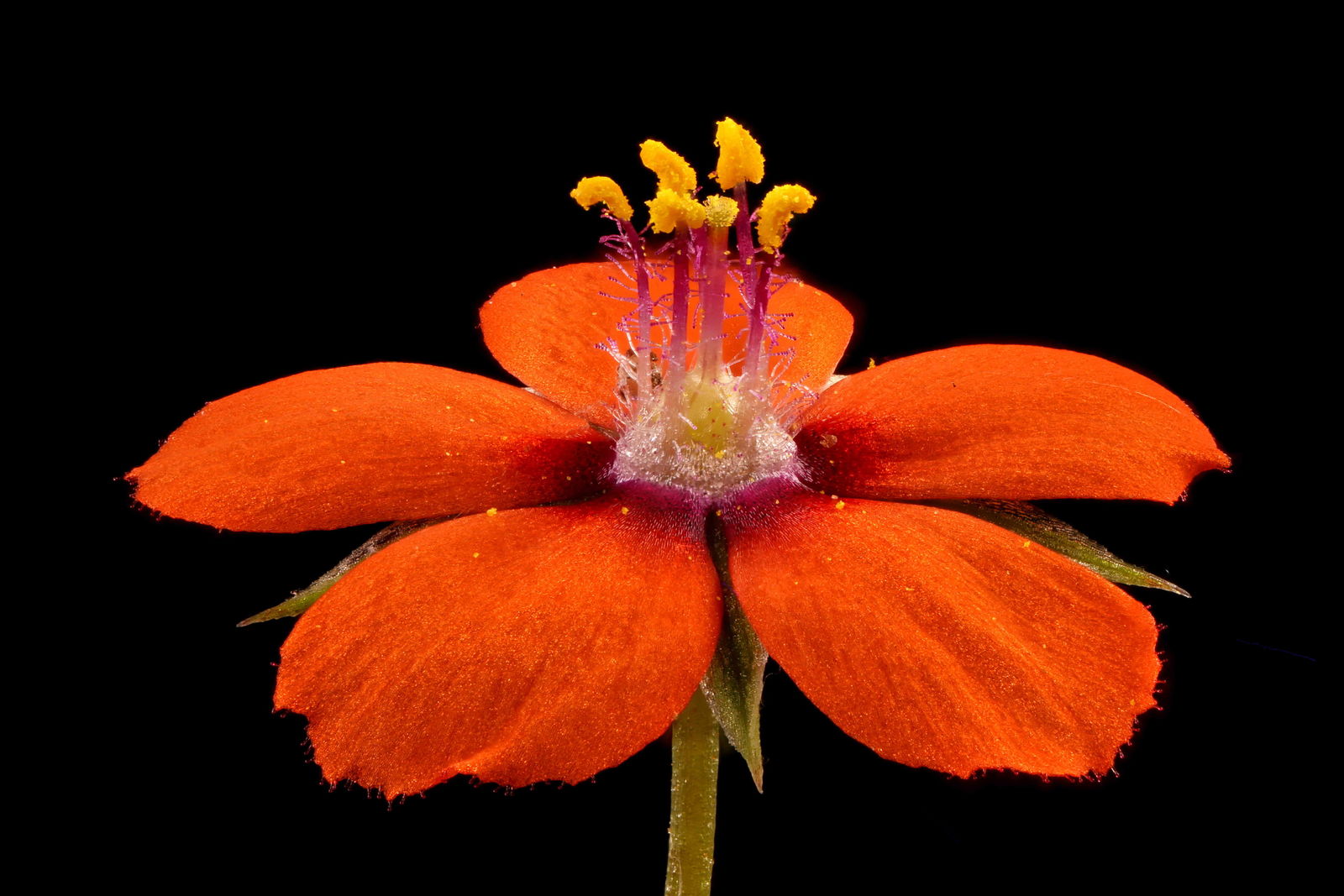When it comes to health hazards, most people think of outdoor pollution or industrial chemicals. But what if the real danger is closer than you think? Domician poison, a term used to describe harmful substances found within our homes, is becoming an alarming issue. From toxic cleaning products to hidden pollutants, the dangers are real, and they’re affecting millions of households worldwide. Are you aware of what’s lurking in your living space?
Imagine this: you walk into your home, feeling safe and secure. The walls are painted in soothing colors, the furniture is polished, and everything smells fresh and clean. But beneath the surface, there could be a hidden enemy—domician poison. This isn’t just about a single chemical; it’s about a range of toxins that can build up over time, leading to serious health issues. It’s time to take a closer look at what’s really going on inside our homes.
So, why should you care? Because domician poison isn’t just a buzzword—it’s a reality that affects everyone. Whether you live in a small apartment or a sprawling mansion, the risks are the same. In this article, we’ll break down everything you need to know about domician poison, including its sources, effects, and how you can protect yourself and your loved ones. Let’s dive in!
Read also:Lyla Anne Porter The Rising Star Redefining The Music Scene
What Exactly Is Domician Poison?
Let’s start with the basics. Domician poison refers to any harmful substance that exists within the confines of your home. These can range from volatile organic compounds (VOCs) emitted by furniture and paint to mold spores lurking in damp corners. It’s not just one thing—it’s a cocktail of toxins that can accumulate over time, often without us even realizing it.
Think about it: when was the last time you checked the ingredients in your cleaning products? Or tested your home for radon, a naturally occurring radioactive gas? These are just a few examples of how domician poison can sneak up on you. And the worst part? Many of these toxins are invisible, odorless, and silent—making them all the more dangerous.
Common Sources of Domician Poison
Here’s a quick rundown of some common sources of domician poison:
- Paint and Furniture: Many paints and furnishings release VOCs, which can cause respiratory issues and other health problems.
- Cleaning Products: Household cleaners often contain harsh chemicals that can irritate your skin and lungs.
- Mold and Mildew: These pesky fungi thrive in damp environments and can trigger allergies and asthma.
- Radon: A colorless, odorless gas that can seep into homes from the ground, increasing the risk of lung cancer.
- Pesticides: Chemicals used to kill pests can linger in your home, posing a risk to both humans and pets.
Now that we’ve covered the basics, let’s move on to the nitty-gritty details.
How Does Domician Poison Affect Your Health?
So, you might be wondering, “How bad can it really be?” Well, the truth is, domician poison can have a wide range of effects on your health. From mild irritations to chronic illnesses, the consequences can be severe. Let’s take a closer look at some of the most common health impacts:
Short-Term Effects
In the short term, exposure to domician poison can cause symptoms like headaches, dizziness, and nausea. You might also experience respiratory issues, such as coughing or difficulty breathing. These symptoms can often be mistaken for other conditions, making it hard to pinpoint the real culprit.
Read also:Nude Anneliese Van Der Pol The Truth Behind The Rumors And Clickbaits
Long-Term Effects
Over time, prolonged exposure to domician poison can lead to more serious health problems. For example, VOCs have been linked to neurological damage, while radon is a leading cause of lung cancer. Mold exposure can exacerbate asthma and other respiratory conditions, and pesticides have been associated with developmental issues in children.
It’s not just about physical health, either. Living in a toxic environment can also affect your mental well-being. Chronic exposure to domician poison has been linked to increased stress, anxiety, and depression. So, if you’re feeling off, it might be worth taking a closer look at your surroundings.
Who Is Most at Risk?
While domician poison can affect anyone, certain groups are more vulnerable than others. Children, for example, are particularly susceptible due to their developing immune systems. Elderly individuals and those with pre-existing health conditions are also at higher risk. Pregnant women should also be cautious, as exposure to certain toxins can affect fetal development.
But here’s the thing: even if you’re young and healthy, you’re not immune. The cumulative effects of domician poison can take a toll over time, so it’s important to be proactive about protecting yourself and your family.
How to Detect Domician Poison in Your Home
Now that you know the risks, you’re probably wondering how to spot domician poison in your own home. Here are a few tips to help you identify potential hazards:
- Check for Odors: Unusual smells, such as chemical fumes or musty odors, can be a sign of hidden toxins.
- Look for Visible Signs: Mold growth, peeling paint, or water stains can indicate problems with indoor air quality.
- Test for Radon: Use a radon test kit to check for the presence of this harmful gas.
- Inspect Your Cleaning Products: Read the labels carefully and avoid products with harsh chemicals.
Remember, prevention is key. By staying vigilant, you can catch potential issues before they become serious problems.
Top Strategies to Combat Domician Poison
So, what can you do to protect yourself from domician poison? Here are some practical strategies to help you create a safer, healthier home:
1. Improve Ventilation
One of the simplest ways to reduce indoor pollutants is to improve ventilation. Open windows regularly to let fresh air in, and consider installing exhaust fans in kitchens and bathrooms. This can help remove moisture and reduce the buildup of harmful gases.
2. Use Natural Cleaning Products
Switching to natural, non-toxic cleaning products can make a big difference. Look for products labeled as eco-friendly or DIY your own cleaners using ingredients like vinegar and baking soda.
3. Invest in Air Purifiers
Air purifiers can help remove particles and pollutants from the air, improving indoor air quality. Look for models with HEPA filters for the best results.
4. Maintain Your Home
Regular maintenance can prevent many common sources of domician poison. Fix leaks promptly, clean ducts and vents, and replace old carpeting or furniture that may be emitting toxins.
Expert Insights on Domician Poison
To get a deeper understanding of domician poison, we spoke with Dr. Emily Carter, an environmental health expert. “The key to combating domician poison is awareness,” she explains. “Many people don’t realize how much their environment affects their health. By educating themselves and taking proactive steps, they can significantly reduce their exposure to harmful substances.”
Dr. Carter also emphasizes the importance of staying informed. “New research is constantly emerging on the effects of indoor pollutants,” she says. “It’s crucial to stay up-to-date with the latest findings and adjust your practices accordingly.”
Case Studies: Real-Life Examples of Domician Poison
To illustrate the impact of domician poison, let’s look at a few real-life examples:
Case Study 1: The Johnson Family
The Johnsons noticed their daughter was frequently sick, despite having no known allergies or illnesses. After testing their home, they discovered high levels of radon in their basement. By installing a radon mitigation system, they were able to reduce the levels and improve their daughter’s health.
Case Study 2: The Smith Household
When the Smiths started experiencing headaches and fatigue, they suspected their new furniture might be the culprit. Testing revealed high levels of formaldehyde, a common VOC found in pressed wood products. By airing out their home and replacing the furniture, they eliminated the problem.
These stories highlight the importance of identifying and addressing domician poison in your home.
Statistical Data on Domician Poison
According to the World Health Organization (WHO), indoor air pollution is responsible for approximately 3.8 million premature deaths annually. In the United States alone, the Environmental Protection Agency (EPA) estimates that indoor air can be two to five times more polluted than outdoor air.
These numbers are alarming, but they also underscore the importance of taking action. By addressing domician poison, we can significantly reduce these risks and improve our overall health.
Conclusion: Take Action Today
Now that you know the dangers of domician poison, it’s time to take action. By identifying potential hazards, implementing prevention strategies, and staying informed, you can create a safer, healthier home for yourself and your loved ones.
So, what’s next? Start by assessing your own living space. Check for signs of domician poison, and make the necessary changes to improve your indoor environment. And don’t forget to share this article with friends and family—spreading awareness is the first step toward change.
Together, we can fight against domician poison and build a better future for everyone. Let’s get started!
Table of Contents
- What Exactly Is Domician Poison?
- How Does Domician Poison Affect Your Health?
- Who Is Most at Risk?
- How to Detect Domician Poison in Your Home
- Top Strategies to Combat Domician Poison
- Expert Insights on Domician Poison
- Case Studies: Real-Life Examples of Domician Poison
- Statistical Data on Domician Poison
- Conclusion: Take Action Today


